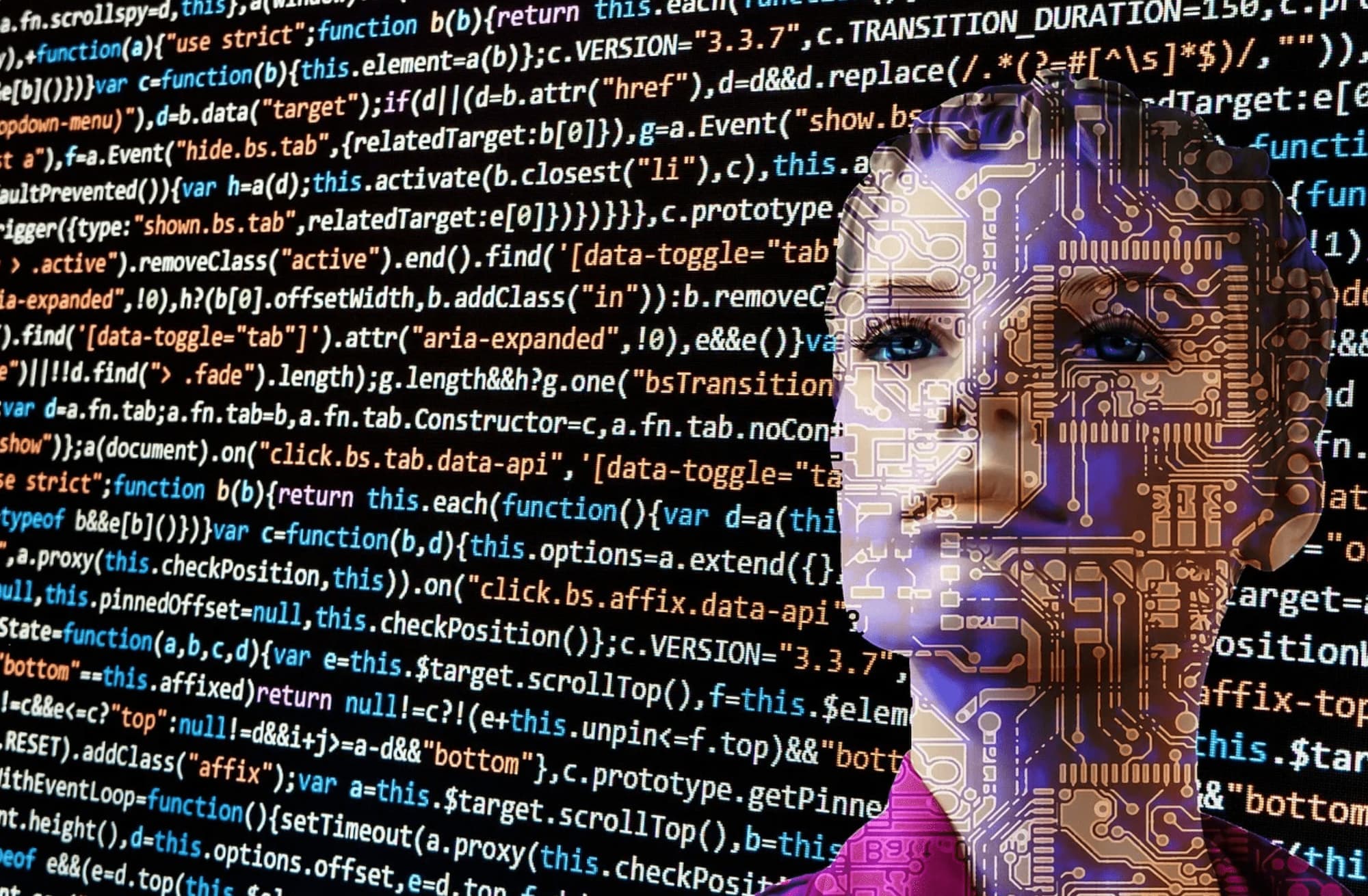Human photo editing VS. Artificial intelligence photo editing
Typically in the real estate industry, images of a property listed on the market are shot and edited by professional photographers, perhaps with the additional services of photo editors. However, with the rise of new automated photo editing softwares ‑ such as Luminar AI, Let's Enhance and Autoenhance.ai ‑ photographers and real estate agents are able to improve the efficiency of photo editing. Photo editing softwares powered by artificial intelligence provides an automated process which can significantly improve the quality of property images, enhance workflows and meet the competitive needs of the industry. This blog post explains the main differences between human photo editing vs. AI photo editing.
Photos enhanced by AI are high quality
Quality is crucial for professional photo editing; high‑quality real estate photographs increase a property selling price by 1‑2%. Therefore, many photographers spend long hours editing their own images in Adobe Photoshop and Lightroom programmes or they outsource to professional photo editors who use similar programmes. With time, patience and skill, a manual photo editor will correct perspective and colour, relight an image and achieve white balance to exterior and interior property images, hence, improving quality of the image. These features can also be achieved with automated photo editing softwares, which are trained to improve the quality of an image to market standards. Let’s Enhance, for example, improves image resolution, whilst Luminar AI can even alter the time of day that an image was taken, replacing the sky and changing the colour saturation. Using Autoenhance.ai, a photographer can upload multiple property images to the website or API and receive instant enhanced images with a better sky, perspective and colours. In both cases, the quality of the property image is improved.

AI photo editing improves workflows
It’s interesting to learn whether real estate photographers edit photos themselves or outsource them to external photo editors, which often occurs when a photographer lacks time for editing or has a larger budget allowing them to spend more time shooting images. Nonetheless, both of these processes are powered by humans, and neither are fast nor scalable. Automated photo editing softwares improves workflows, as it enables photographers or estate agents ‑ who were more likely to shoot property images (particularly during lockdowns) ‑ to undertake the editing process themselves without spending lots of time manually editing or communicating with external photo editors. Meanwhile, automated editing softwares equally provides good user experiences via a simple web interface. This improves workflow efficiency as it enables the photographer to focus on shooting images and receiving enhancements without communicating with additional service providers.

Real estate photos enhanced by AI meet the competitive demands of the property market
Timing is of the essence in the real estate industry; the turnaround time to prepare a property listing has increasingly sped up, and companies that can meet these demands will have the advantage over competitors. For agents, time is lost waiting for photos. Similarly, professional photographers sometimes get frustrated when working with manual photo editors. Using an automated photo editing software speeds this process up. For instance, when uploading property images to Autoenhance.ai, the enhanced images are returned in less than 10 seconds, which is 8000x faster than manual editing processes. Therefore, photographers and agents seek out automated photo editing softwares in order to meet the competitive demands of the market.

Have a go at editing your property images, try the Autoenhance.ai photo editing software.








